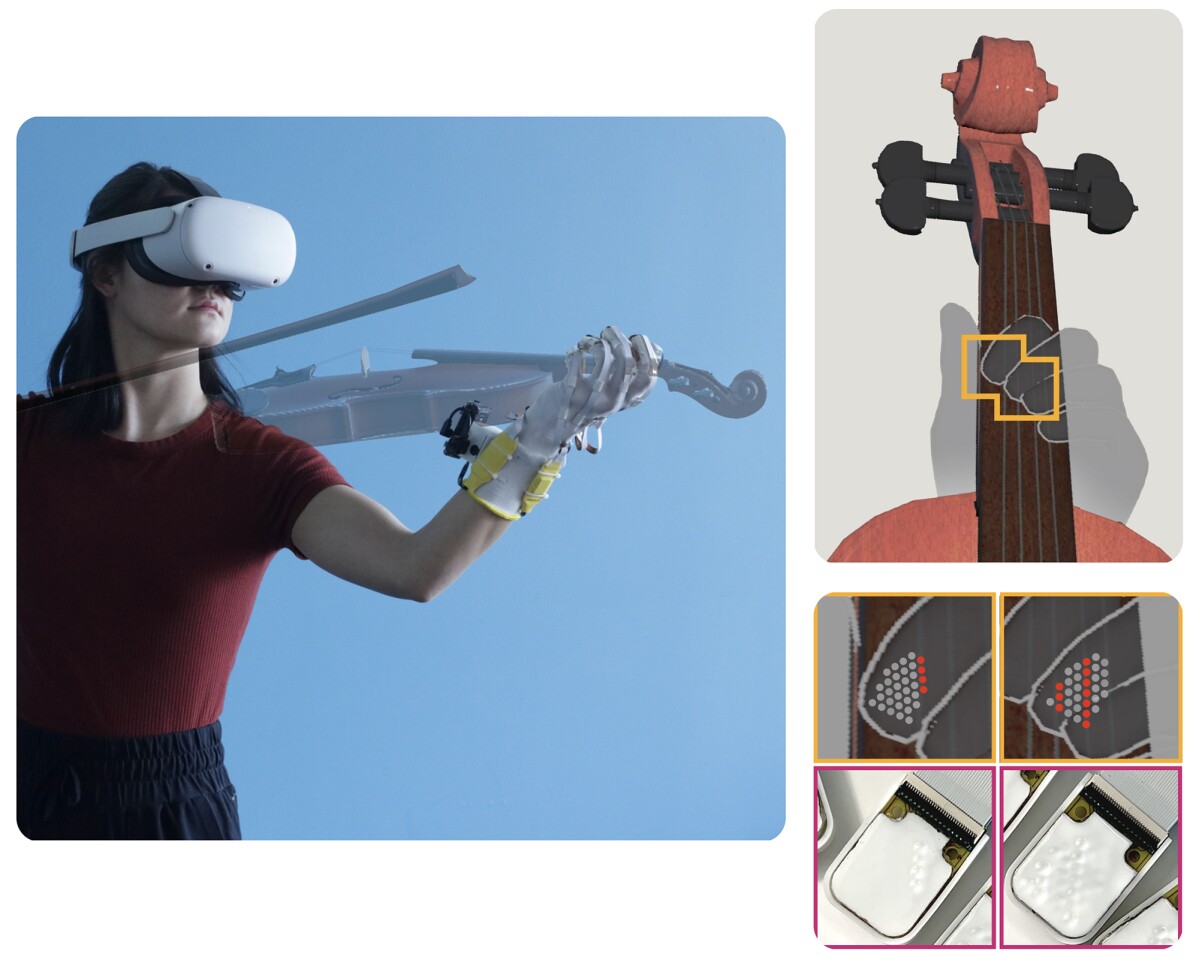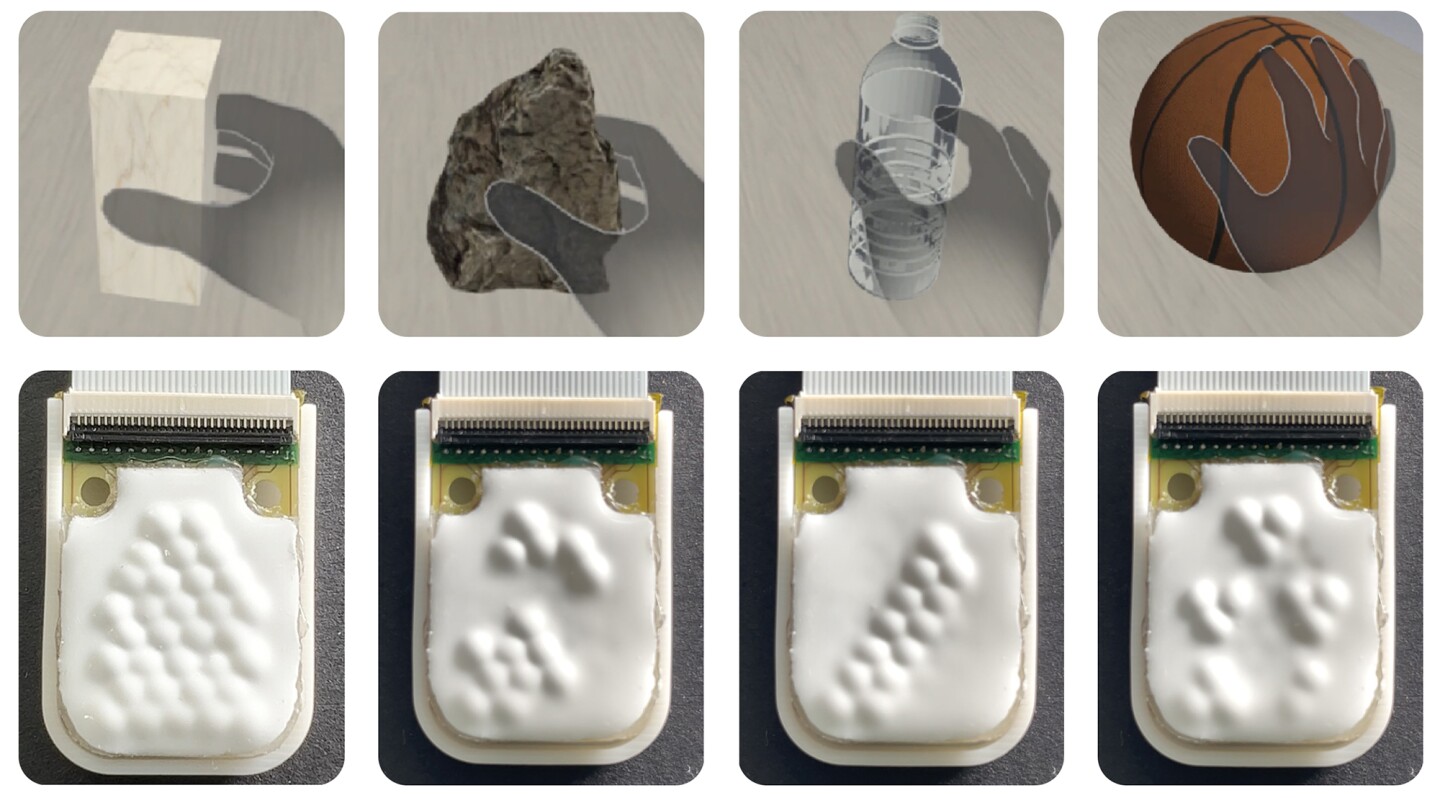Fluid Reality is offering an alternative to currently available haptic VR gloves, developing a cheaper, more lightweight device that doesn’t need to be tethered to bulky backpacks or trail multitudes of tubing. It’s designed to provide users with a high-resolution VR experience, direct to their fingertips.
Haptics offers an extra dimension to a virtual reality (VR) or 3D environment and is essential for users to experience the feeling of being truly immersed in those environments.
So far, though, haptic gloves such as those developed by HaptX and Meta are tethered to bulky control units with a bunch of burdensome wires and tubes. Not so Fluid Reality’s haptic VR glove, which offers a fully wireless, lightweight, and completely self-contained unit.
Fluid Reality’s glove has 160 dynamic haptic feedback actuators designed to give users high-resolution touch delivered directly to each of their fingertips. So, using the glove to play a virtual violin, for example, should enable the user to feel each of the instrument’s individual strings.

Fluid Reality
Here’s how it works. Housed in each fingertip haptic array are bubble-like “pixels” containing a fluid that fills and stretches the bubble when activated. Every pixel is a dedicated, electrically controlled pump only hundreds of microns thick. The pumps contain no moving parts and operate on the principle of electroosmosis, directly attracting charge within the fluid to cause it to flow. Fluid Reality’s breakthrough design is meant to bring objects of different shapes, sizes, and textures to life.

Fluid Reality
At 0.2 in (5 mm) thick, the haptic arrays are low-profile and run on a low power of 10 mW/pixel. They’re entirely self-contained with no tubing or wiring running to external equipment. The glove has a battery life of around three hours.
Fluid Reality credits its haptic glove’s compact, lightweight design to using off-the-shelf, fully integrated components such as a Raspberry Pi. The glove weighs 0.5 lb (207 g), including all drive electronics and the battery, a fraction of the 17-lb (7.7-kg) weight of HaptX’s Glove G1. And at under US$1,000, it’s cheaper; the Glove G1 will set you back $5,495 for a pair, plus a mandatory service subscription cost of $495 per month.
The Fluid Reality team presented a paper (PDF) on their haptic glove design at the 2023 User Interface Software and Technology (UIST) symposium, and the video below demonstrates the glove’s features.
Fluid Reality: High-Resolution, Untethered Haptic Gloves Using Electroosmotic Pump Arrays
Source: Fluid Reality
Source of Article